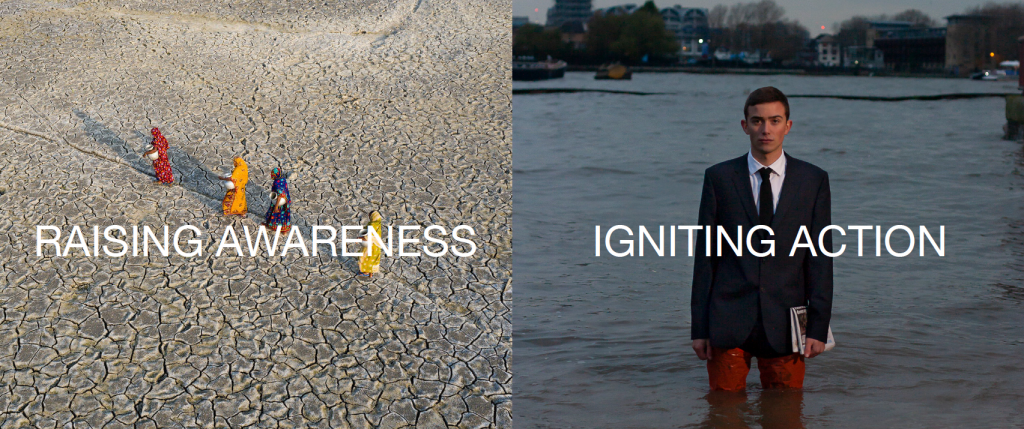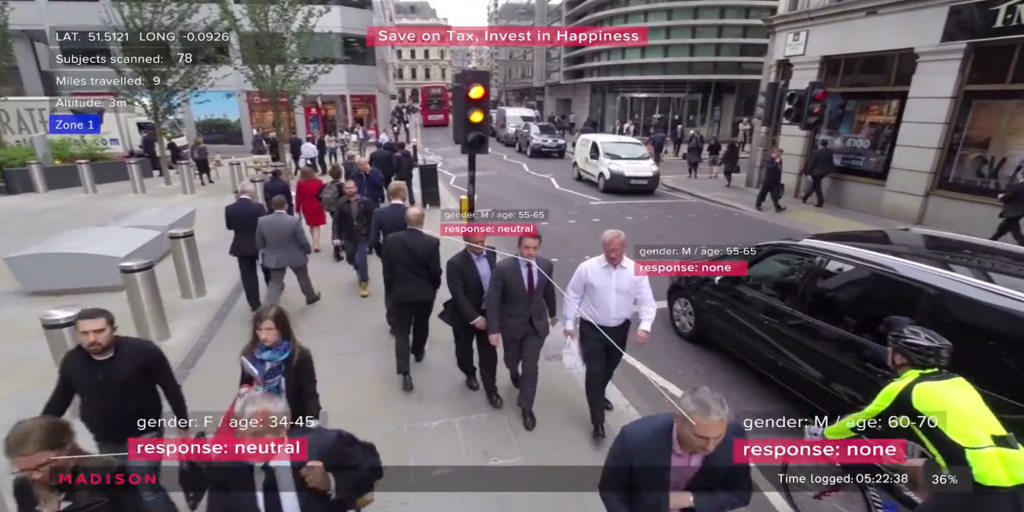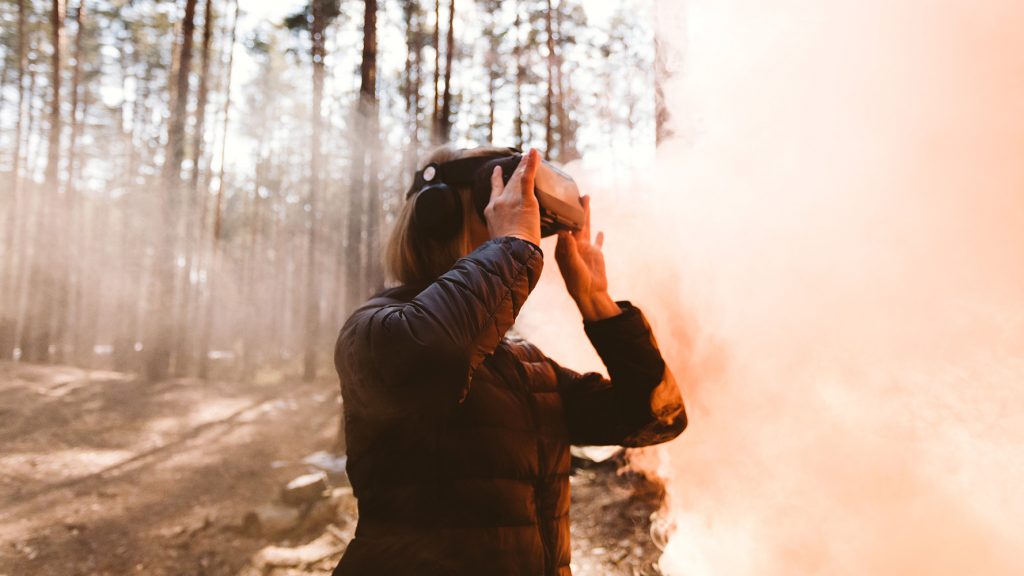S+T+ARTS in the City | Artists-in-Residence | Roel Heremans
S+T+ARTS in the City | Artists-in-Residence Roel Heremans | Resonance of Renewal + About Resonance of Renewal Resonance of Renewal is an audiovisual sculpture in the entrance hall of the Jules Bordet Institute. Suspended from the high ceiling, this organic form contrasts distinctly with the hospital’s clean, linear architecture, highlighting the delicate balance between the […]
S+T+ARTS in the City | Artists-in-Residence | Roel Heremans Read More »







